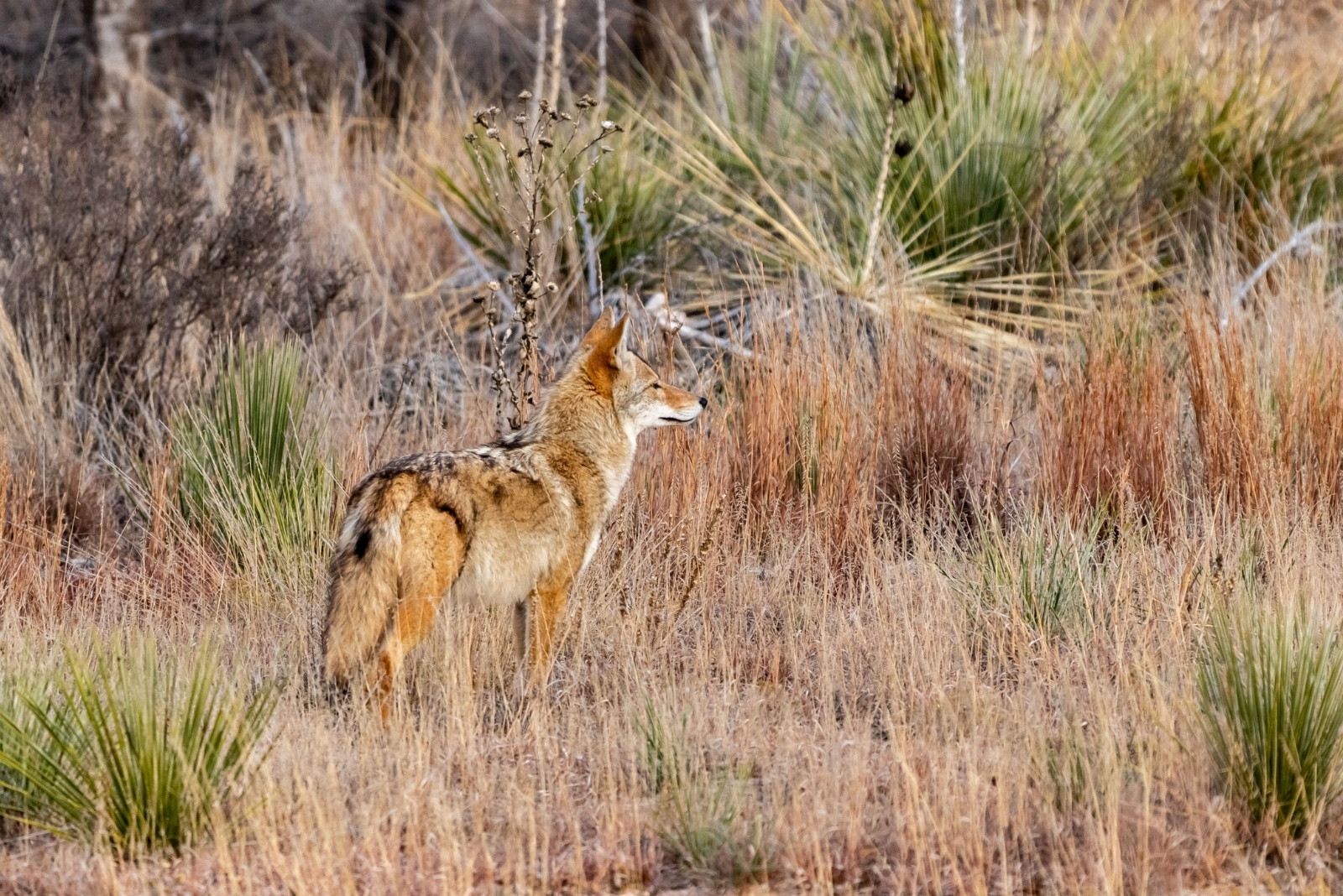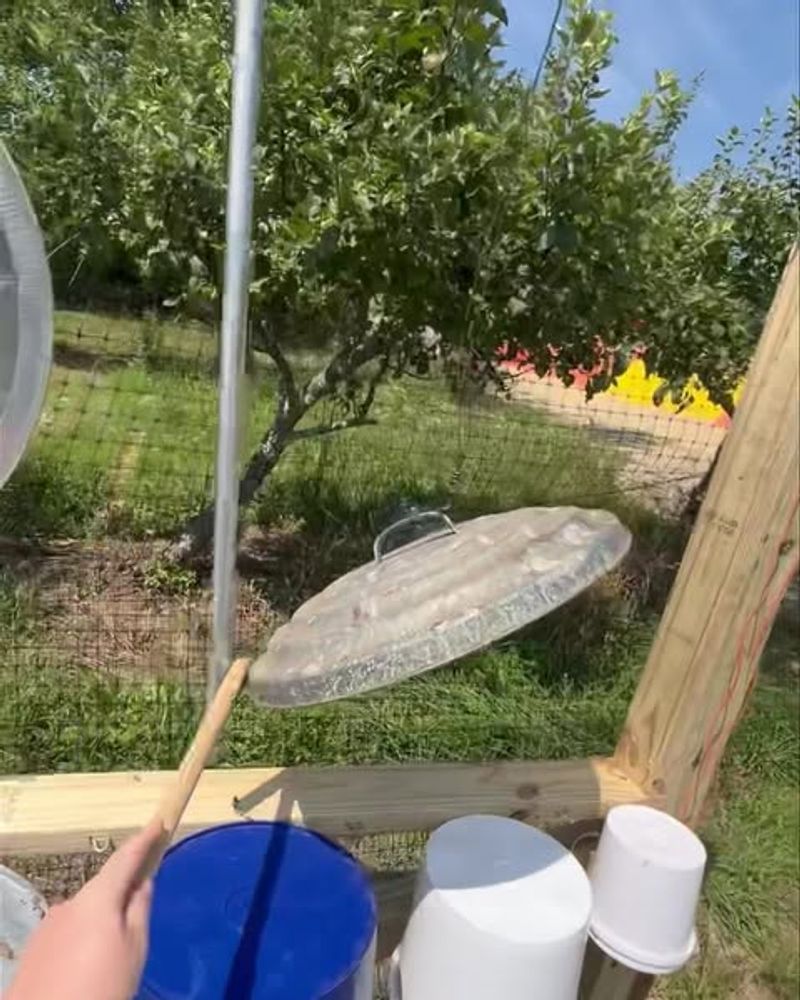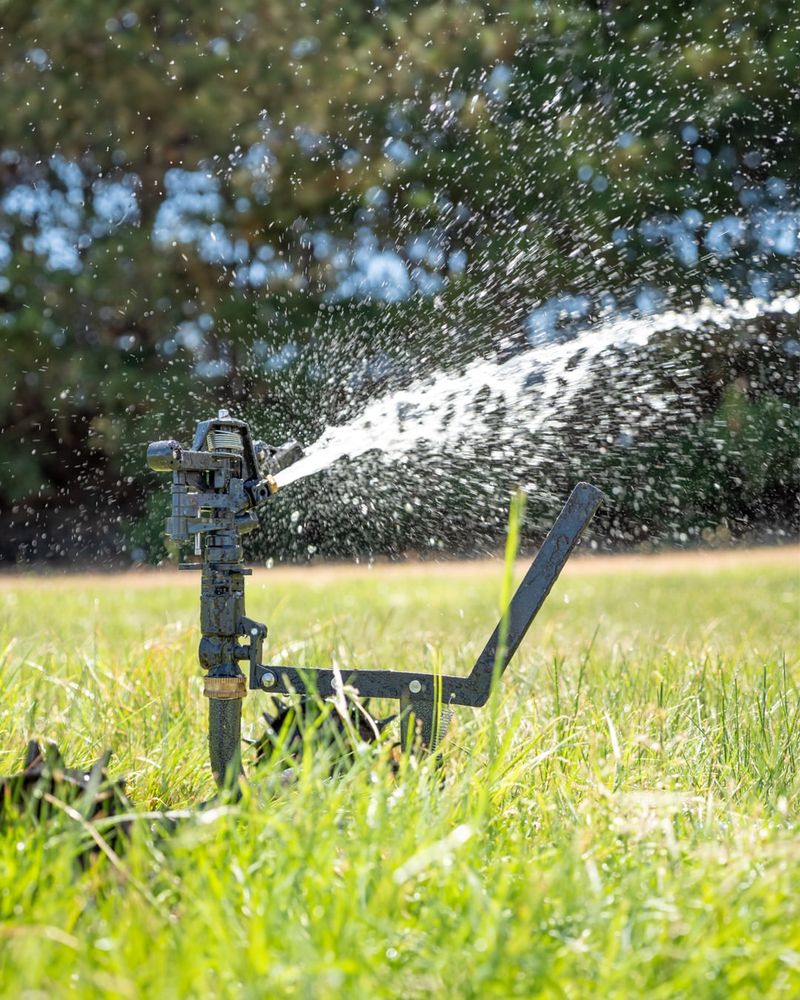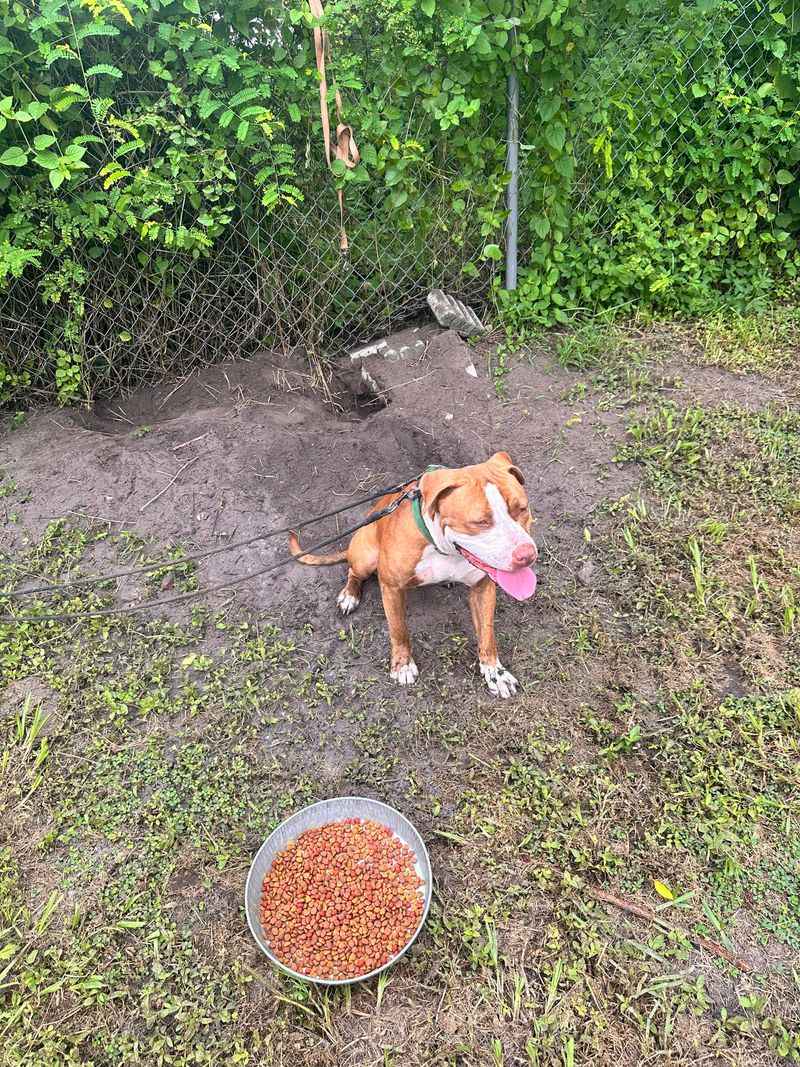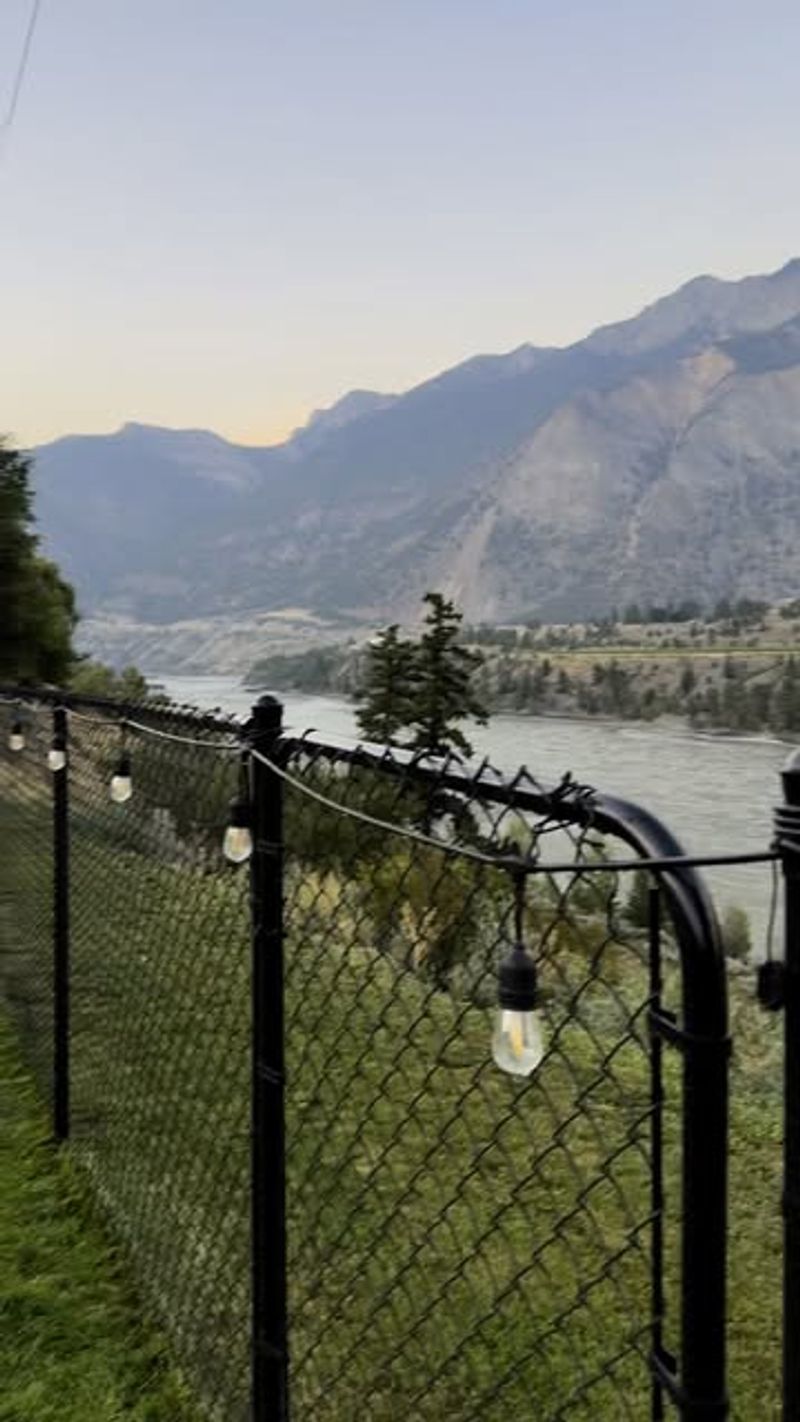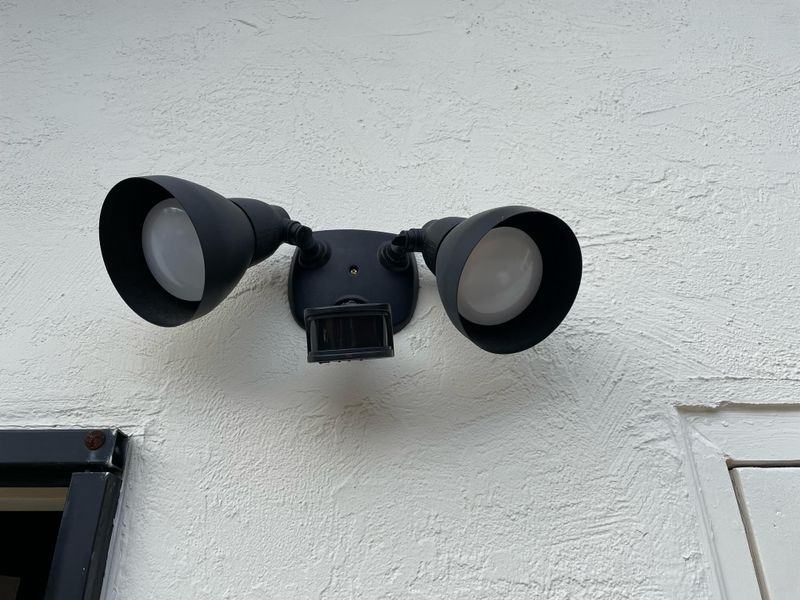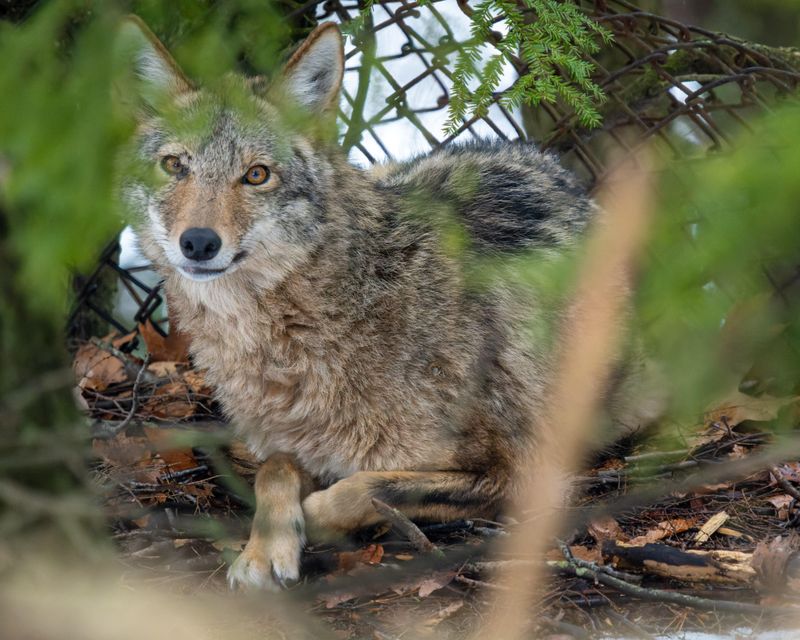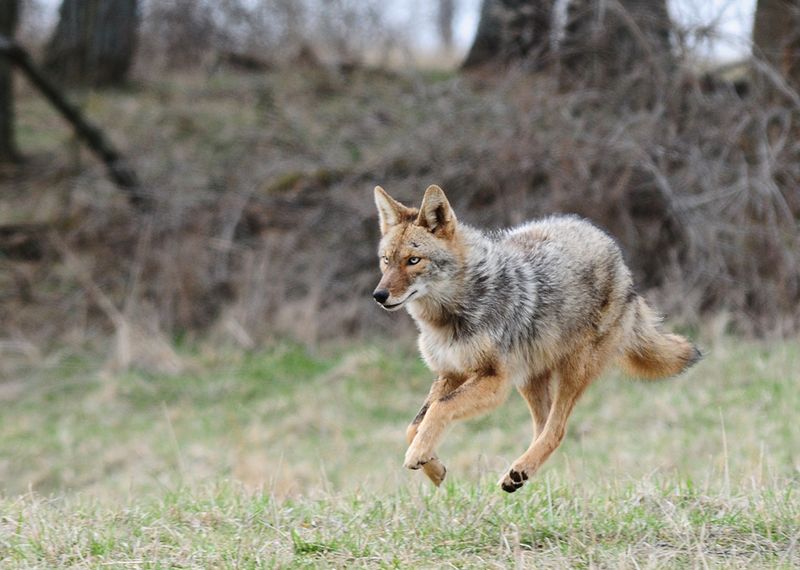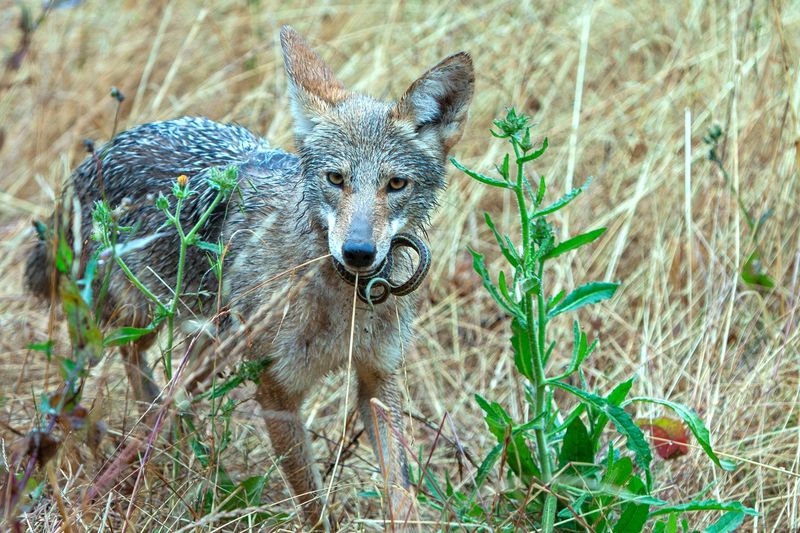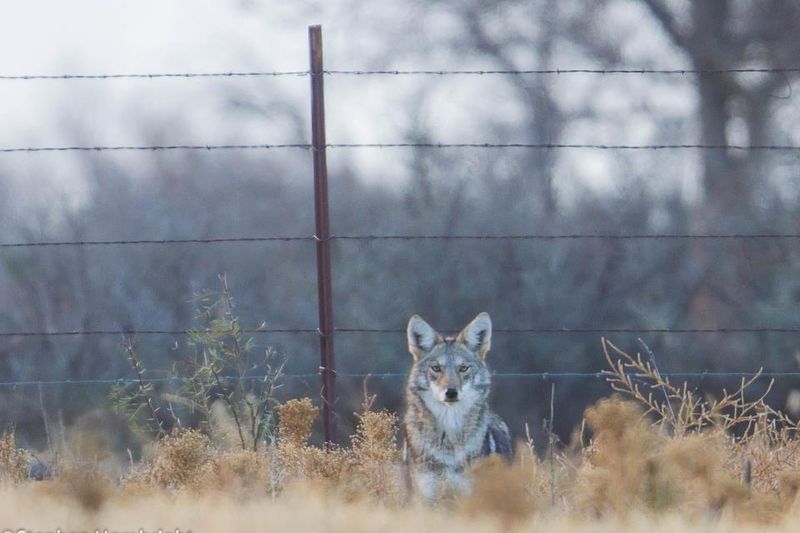Spotting a coyote in your Texas yard can be a surprise you’re not ready for. The good news is there are smart steps you can take to handle it safely.
At the same time, a few wrong moves can make the encounter riskier than it needs to be. Knowing the difference helps you stay calm and in control.
With the right actions, you can keep your yard, your pets, and yourself safe.
1. Make Loud Noises
Coyotes naturally shy away from humans, so creating a ruckus works wonders. Clap your hands, bang pots together, or blow a whistle when you spot one in your Texas yard.
Motion-activated noise makers can also help keep these wily creatures at bay while you’re not around. Remember, consistency is key to teaching coyotes your property isn’t welcoming.
2. Secure Your Trash
Coyotes are opportunistic eaters and your garbage might as well be a five-star restaurant to them. Use wildlife-resistant containers and secure lids with bungee cords to eliminate this tempting food source.
Many Texas homeowners find that keeping trash in a garage or shed until collection day significantly reduces unwanted wildlife visits. Eliminating easy meals is half the battle.
3. Install Motion-Activated Sprinklers
Water suddenly spraying creates an unexpected deterrent that coyotes hate. These clever devices sense movement and shoot a burst of water, sending most coyotes running for the hills.
Across Texas ranches and suburban homes alike, these sprinklers have proven effective without causing harm. They’re especially useful during our dry seasons when coyotes venture closer to homes seeking water.
4. Remove Food Sources
Fallen fruit, unsecured pet food, and bird feeders create an all-you-can-eat buffet for hungry coyotes. Pick up fruit that drops from trees and bring pet dishes inside after feeding time.
Even compost piles can attract these clever creatures to your Texas property. Bird feeders should be positioned to minimize spillage, as the seeds attract rodents that coyotes hunt.
5. Install Coyote Rollers on Fencing
These ingenious devices attach to fence tops and spin when animals try to climb over. Coyotes can’t get a grip on the rotating bars, preventing them from gaining the leverage needed to jump into your yard.
Texas ranchers have used similar technology for years to protect livestock. For suburban homes, these rollers provide peace of mind without creating an eyesore in your landscaping.
6. Use Predator Urine
Coyotes avoid areas marked by larger predators like wolves or mountain lions. Commercial predator urine products create the illusion that dangerous animals patrol your property, triggering a coyote’s survival instincts.
Many Texas landowners report success with this method, especially when applied around property boundaries. Reapplication is necessary after rain, which we get plenty of in certain seasons!
7. Install Proper Lighting
Coyotes prefer to operate under cover of darkness. Motion-activated flood lights can startle them and make your yard less appealing for nighttime hunting or exploration.
Solar-powered options work great for Texas properties with abundant sunshine. Strategic placement around chicken coops, gardens, or other potential attraction points creates an effective deterrent without disturbing your neighbors.
8. Hazing Techniques
Hazing teaches coyotes to fear humans through negative experiences. Wave your arms, make eye contact, and approach them confidently while making noise – but never corner or chase them.
Texas wildlife officials recommend this approach for suburban neighborhoods experiencing increased coyote sightings. The goal isn’t to harm but to reinforce that humans should be avoided, creating a safer environment for everyone.
9. Feed Coyotes
Intentionally feeding coyotes destroys their natural wariness of humans. Once they associate people with food, they become bold and potentially dangerous, leading to conflicts that rarely end well for the animal.
Texas Parks and Wildlife officials emphasize that a fed coyote is eventually a dead coyote. These animals quickly lose their natural fear and develop problematic behaviors that often result in their removal.
10. Poison Coyotes
Poisons cause slow, painful deaths and create serious risks for pets, children, and other wildlife. They’re also illegal in many Texas municipalities, carrying hefty fines for violations.
The toxins can spread through the ecosystem when scavengers feed on poisoned carcasses. Professional wildlife services in Texas offer humane alternatives if you’re facing persistent problems that natural deterrents haven’t solved.
11. Try to Trap Yourself
Amateur trapping attempts often lead to injured animals, accidental captures of pets or protected species, and potential legal issues. In Texas, wildlife trapping requires specific permits and knowledge.
A trapped coyote is frightened and dangerous, posing significant risk to untrained handlers. Licensed wildlife professionals throughout the Lone Star State have the proper equipment and training to handle these situations safely.

